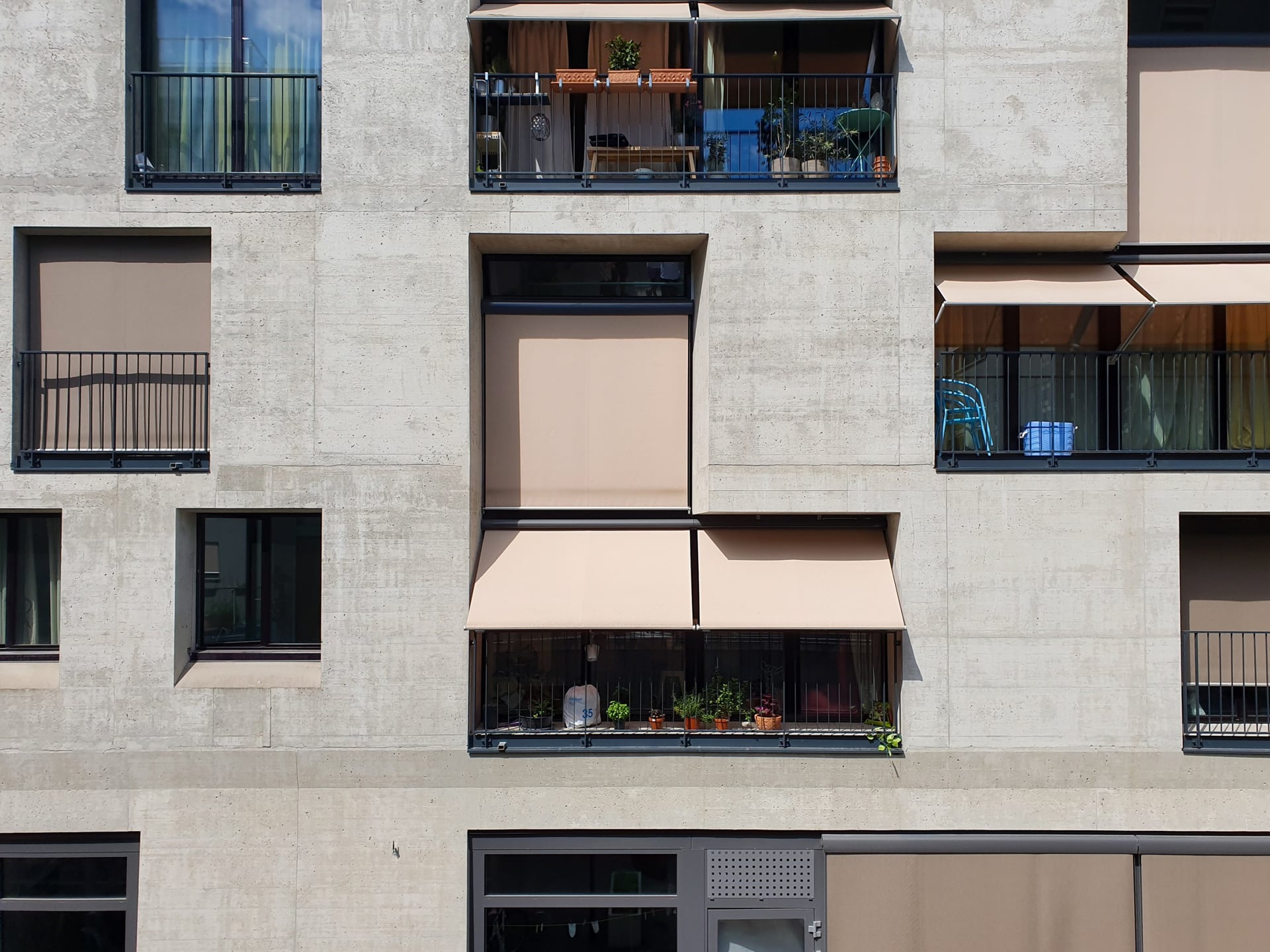### 🏘️ Context of the Publication
The article titled "Lived Solidarity: Housing Co-operatives," authored by Manuel Lutz and published on Assemble Papers, explores the significance of housing co-operatives in addressing contemporary housing challenges in Europe. Assemble Papers is an online publication focusing on architecture, urbanism, and the built environment, contributing to discussions around sustainable living and community engagement.
### 🌍 The Role of Housing Co-operatives
Housing co-operatives are recognized as a viable solution for achieving affordable housing and enhancing quality of life. The United Nations regards them as essential in combating global housing issues. Co-operatives operate by pooling resources to create non-profit entities that prioritize the needs of their members over profit.
Since 2016, the German co-operative model has been included in UNESCO’s Intangible Cultural Heritage list, highlighting its cultural significance. This model allows members to invest in a shared property, providing lifelong security of tenure and stabilizing living costs, as rents are set only to cover building and maintenance expenses.
### 💰 Economic Viability and Social Responsibility
Co-operatives challenge the traditional housing market by prioritizing use value over exchange value. They offer a unique balance of low-cost living and high-quality environments, appealing during times of housing affordability crises. Historically, co-operatives emerged in the 19th century as a self-help initiative in response to housing shortages, supported by local governments and social organizations.
In Germany, co-operative housing constitutes approximately 10% of rental units, accommodating around 5 million individuals. In Austria, this figure rises to 15%, while Switzerland accounts for 5%. Co-operatives are primarily urban phenomena, with a significant presence in cities like Vienna and Zurich, where they represent nearly a quarter of the housing stock.
### 🏗️ Challenges Facing Co-operatives
Despite their benefits, housing co-operatives face challenges, particularly in financing and land acquisition. New co-operatives struggle against rising construction costs and land scarcity, especially in urban areas. Although they are recognized as important partners in achieving affordable housing, many have remained static, focusing on maintaining existing properties rather than expanding.
Recent initiatives have emerged to support small housing co-operatives in urban centers, aiming to collaboratively create sustainable living environments. However, these projects often lack the financial resources to compete with for-profit developers.
### 🌱 Successful Examples of Co-operative Housing
Projects such as Spreefeld in Berlin, wagnisART in Munich, and mehr als wohnen in Zurich showcase successful co-operative models that balance affordability with quality. These initiatives incorporate shared facilities and innovative designs, catering to diverse lifestyles while fostering community engagement. They emphasize participatory planning and the democratic governance of housing.
In these co-operatives, rents can be significantly lower than market averages, with wagnisART offering rents between €5.65 to €13 per square meter, ensuring all units maintain equal quality regardless of funding sources. This model fosters inclusivity and solidarity, addressing the needs of both low-income residents and the wider community.
### 🌈 Conclusion
Housing co-operatives illustrate how collective action can effectively respond to housing challenges. By emphasizing self-governance, community engagement, and sustainable practices, they provide a model for future housing solutions across Europe, demonstrating the potential for socially responsible and economically viable living arrangements.
